From my level, it’s a rare occurrence any more running into someone in the geospatial field when I can make reference to Arc/INFO and AML (ARC Macro Language) without him or her giving me a big blank stare. A testament to how long we have both been around. One of those individuals is Peter Carlo, who works for the New York City Department of Parks and Recreation in the forestry division having worked in the geospatial field for over thirty years. Yes, learning the ropes at the dawn of GIS with command line Arc/INFO and one of the most senior GIS professionals in the vast New York City government GIS user community. I was fortunate to catch up with him recently to discuss some of the highlights of his long career in the Big Apple.
eSpatiallyNewYork: Maybe a little of your background and where you are originally from?
Carlo: I was born in the northern Bronx. In my early years, the family moved to southern Vermont. After graduating high school I briefly attended Castleton College in Rutland, VT, though eventually returned to New York City to attend Lehman College in the early 1990’s and enrolled in the geography department. Since then I’ve lived in a couple places in the metro-NYC area but now live with my family on Long Island.
eSpatiallyNewYork: What is your current responsibility(s) with NYC Parks Department?
Carlo: I am currently the GIS Supervisor at NYC Parks I.T. division. Our team is made up of six GIS specialist and our primary goal is to administer the Parks GIS central geodatabase and to support geospatial projects throughout the Agency. These projects range from configuring Survey123 mobile data efforts to writing data ETL’s (extract/transfer/load) to our central data warehouse.
eSpatiallyNewYork: So geography at Lehman College in the early 1990s. Where did it go from there?
Carlo: Yes, I really found the passion for GIS technology at Lehman College. In 1991 or so I had the opportunity to build an ESRI “enterprise” GIS at the GIS lab at Lehman. Everything from backend data to an ARC/INFO front end access. I found a passion in setting up hardware and software solutions while configuring components like digitizing tables and then spending hours digitizing contour maps of the Bronx geology.
Soon after graduation from Lehman, I was hired by the NYC Parks Department Forestry Division and started working on the (first) 1995 street tree survey dataset, which was done by associating a tree location with an street address. At that time, the Parks Departments Forestry offices where located in each of the five boroughs and were managing their own tree data in a disk operating system (DOS) program called Tree Manager. I also worked with the Parks I.T. Division to setup the our first central geodatabase using SQL Server and ArcSDE. Working with Lehman College interns we were able to map out all park athletic facilities, playgrounds and comfort stations. This data still serves as the foundation for the Parks geodatabase. (Editor Note: An entirely different read on its own is the effort behind the New York City Street Survey program. The most recent 2015 tree survey, which is coordinated by NYC Parks, inventoried nearly 700,000 trees in the five boroughs. Read here for more details.)
eSpatiallyNewYork: In this capacity what are some of your current projects?
Carlo: We are currently working with our Forestry division to deploy an interagency Survey123 application that will be used during storm events. It will be the second version of this solution. The application will stream 311 hazardous tree request (like tree downs and limb downs) to potentially over 300 field inspectors made up of Parks, FDNY and DSNY staff to name a few. A large part of our work is making our GIS data interoperable with legacy software/data solutions. We also participate in integrating spatial data and functions into new business and software solutions.
eSpatiallyNewYork: Do you have a “favorite” GIS project you’ve worked on while in the NYC Parks department?
Carlo: I would say working (about 10 years ago) on Forestry’s first mobile storm response application. It was called Storm Mobile. It worked on the thick IBM Toughbook tablets utilizing wireless and GPS technology, 311 integration and data from the 2005 Tree Census. That was all new stuff for us and everything worked just fine. I made some lifelong friends during that experience and learned so much. A majority of our mobile application use smart phones and tablets with AGPS. However, there are some teams that use Trimble units when needed.
eSpatiallyNewYork: NYC Parks Department is an ESRI shop – what about other software programs, hardware components in your office?
Carlo: We are using Infor EAM (Enterprise Asset Management) for a work order management software. This is highly integrated with our central GIS database. We also have a new group of data scientists who are utilizing open source GIS tools at a high level. Currently the Agency has over 200 ArcGIS Desktop Pro installation, Multiple SQL/SDE central data repositories and an internal data warehouse that serves as a point of access. A lot of our ArcGIS Desktop/Pro users utilize extensions such as Spatial Analysis, Workflow Manager and Geostatistical Analyst. We are also using Cyclomedia Street Smart and Pictometry oblique photos.
Parks is currently on a path to migrate over to a more web GIS approach to spatial data access. We’ve been moving over to Enterprise ArcGIS 10.8 by utilizing ArcGIS Server and ArcGIS portal to build web apps, Survey123 and Collector solutions. Around the ArcGIS Online (AGOL) framework. This has allowed us to streamline workflows and make GIS data more accessible to non-GIS specialists. Overall, spatial data has increasingly become more integrated throughout the Department data footprint – it is just going to continue to grow.
eSpatiallyNewYork: What other NYC departments do you work the most closely with in GIS/geospatial efforts?
Carlo: The Parks Department works closely with many of the other City Agency GIS units. We often share data with NYPD, FDNY, OEM and DoITT. I think interagency data and resource sharing is the next big thing for all NYC Government GIS units. I finally imagine a central GIS data portal coming together, where all city agencies can upload standardized data that could serve as a central data store for Agencies System of records. It’s kind of the next step from the Open Data portal. Beyond the geospatial perspective the Parks Department maintains an impressive list of partners in doing work with throughout the city system..
eSpatiallyNewYork: What’s the next big “geospatial thing” in NYC Parks?
Carlo: I would say that it is data interoperability, web GIS and the move to cloud solutions. For my team it’s going to be about quickly standing up “no code” data collection and analytical tools that will empower end users (subject matter experts) without them having to be GIS experts.
eSpatiallyNewYork: Are you involved on any level contributing to the NYC Open Data portal?
Carlo: My specific unit isn’t directly involved in publishing to the portal but NYC Parks as a whole contributes significantly. Right now I believe there are close to 100 NYC Parks datasets available.
eSpatiallyNewYork: Yankees or Mets?
Carlo: BIG TIME YANKEE FAN! I remember watching the Yankees during the Bronx Zoo era!
Contact:
Peter Carlo
GIS Supervisor
NYC Parks I.T. division
peter.carlo@parks.nyc.gov
https://www.nycgovparks.org/services/forestry

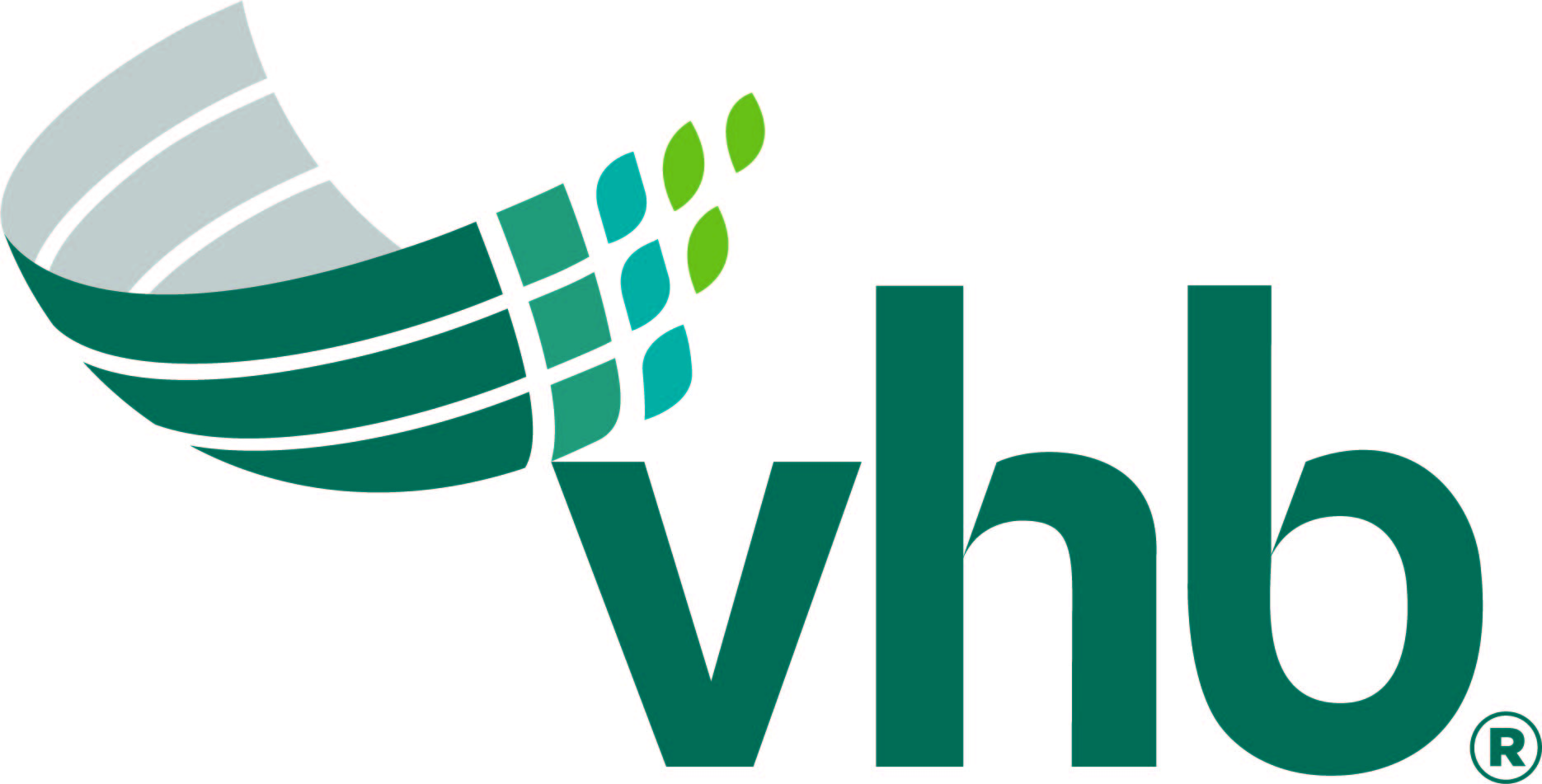 VHB
VHB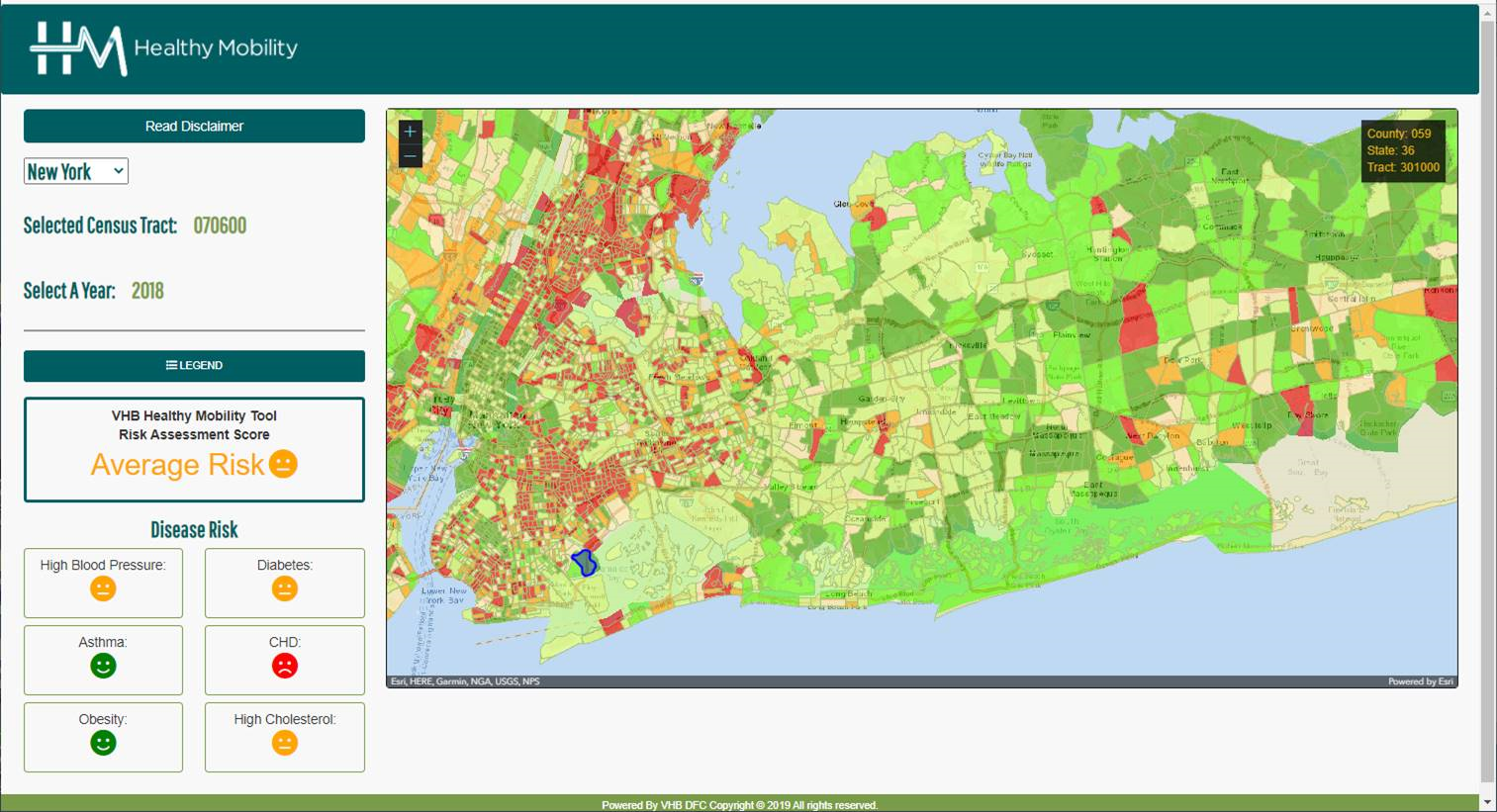

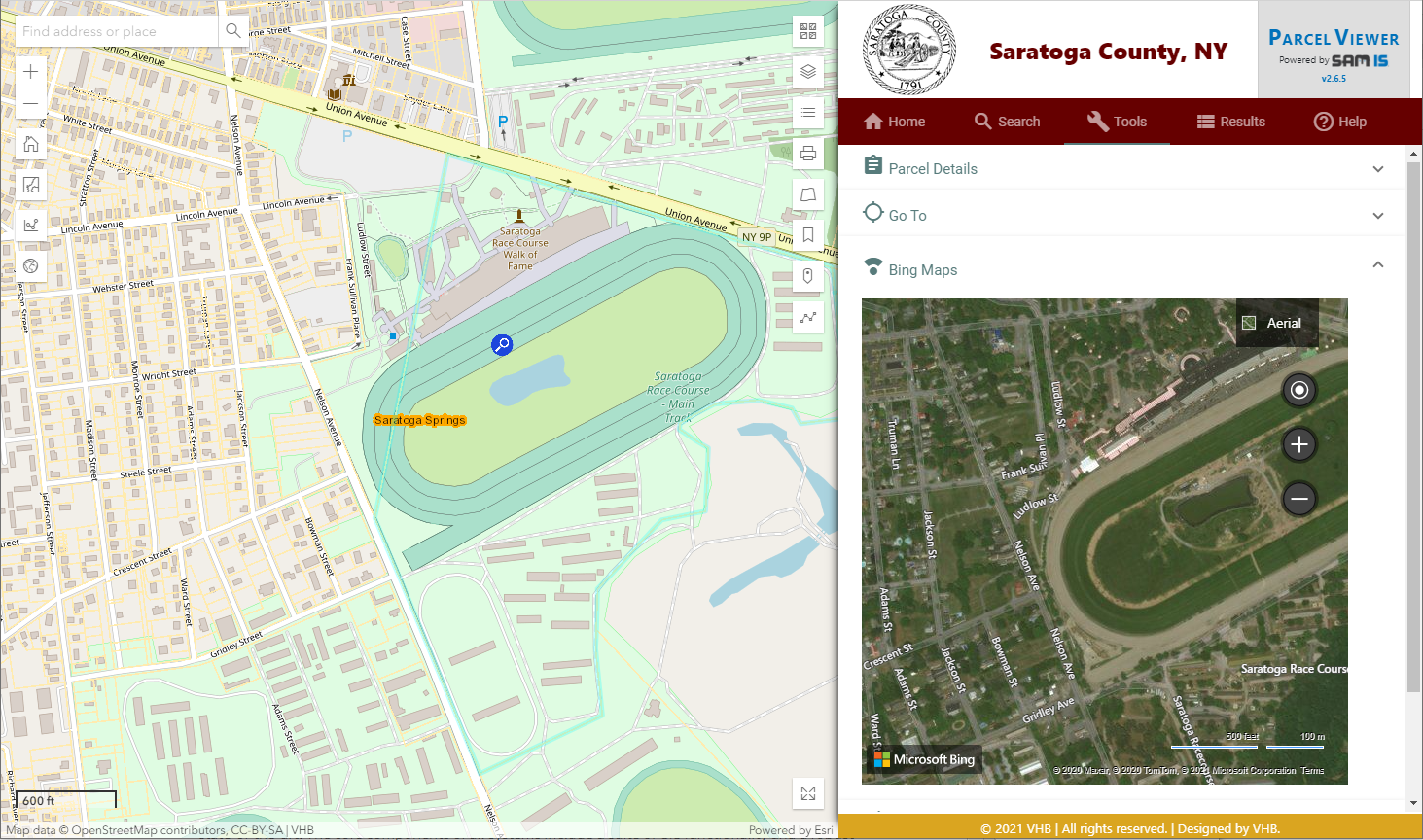
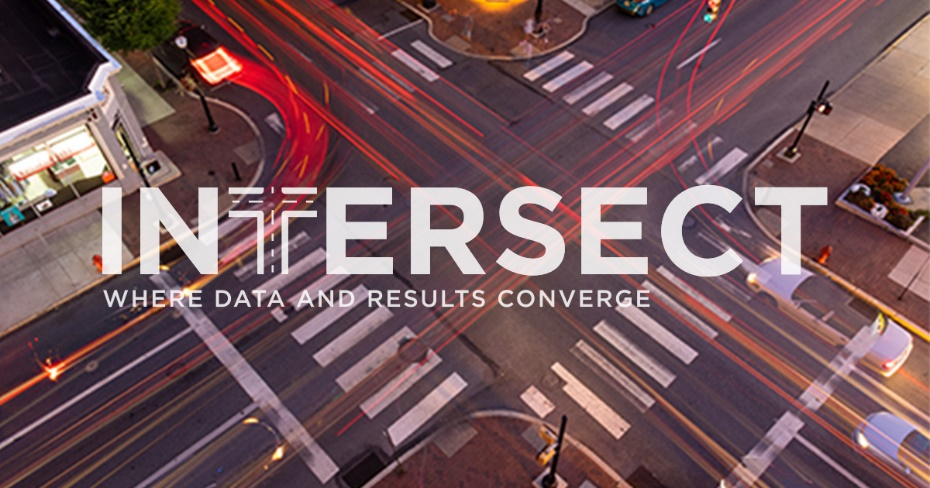
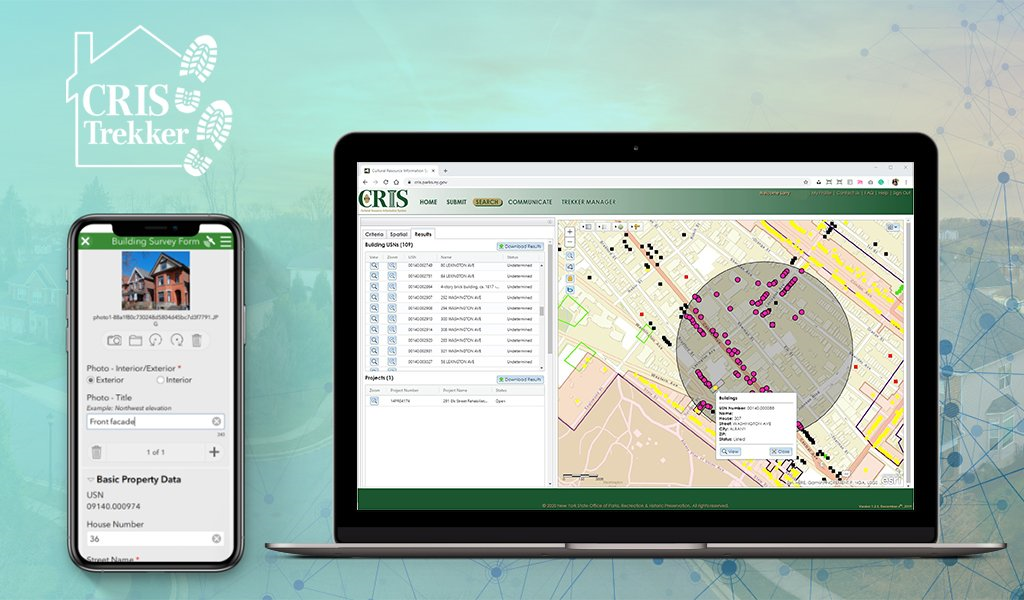


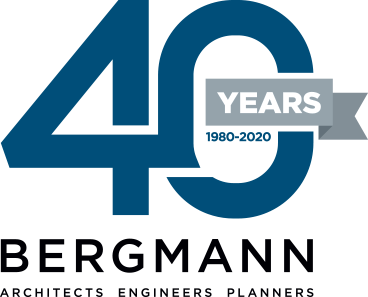 Bergmann is a full service, multi-disciplinary design firm employing a wide range of professionals and practitioners in the geospatial industry. The company represents four decades of a culture built on the work of client-focused experts. Its core business segments include Transportation Systems, Civil Works, Building Design, Land Development, Community Planning & Design, and Program Services. Within these areas, Bergmann’s rich portfolio of work features everything from restoration of historical landmarks, to the comprehensive bridge and highway design, to waterfront master planning. Specific client geospatial support services include:
Bergmann is a full service, multi-disciplinary design firm employing a wide range of professionals and practitioners in the geospatial industry. The company represents four decades of a culture built on the work of client-focused experts. Its core business segments include Transportation Systems, Civil Works, Building Design, Land Development, Community Planning & Design, and Program Services. Within these areas, Bergmann’s rich portfolio of work features everything from restoration of historical landmarks, to the comprehensive bridge and highway design, to waterfront master planning. Specific client geospatial support services include:
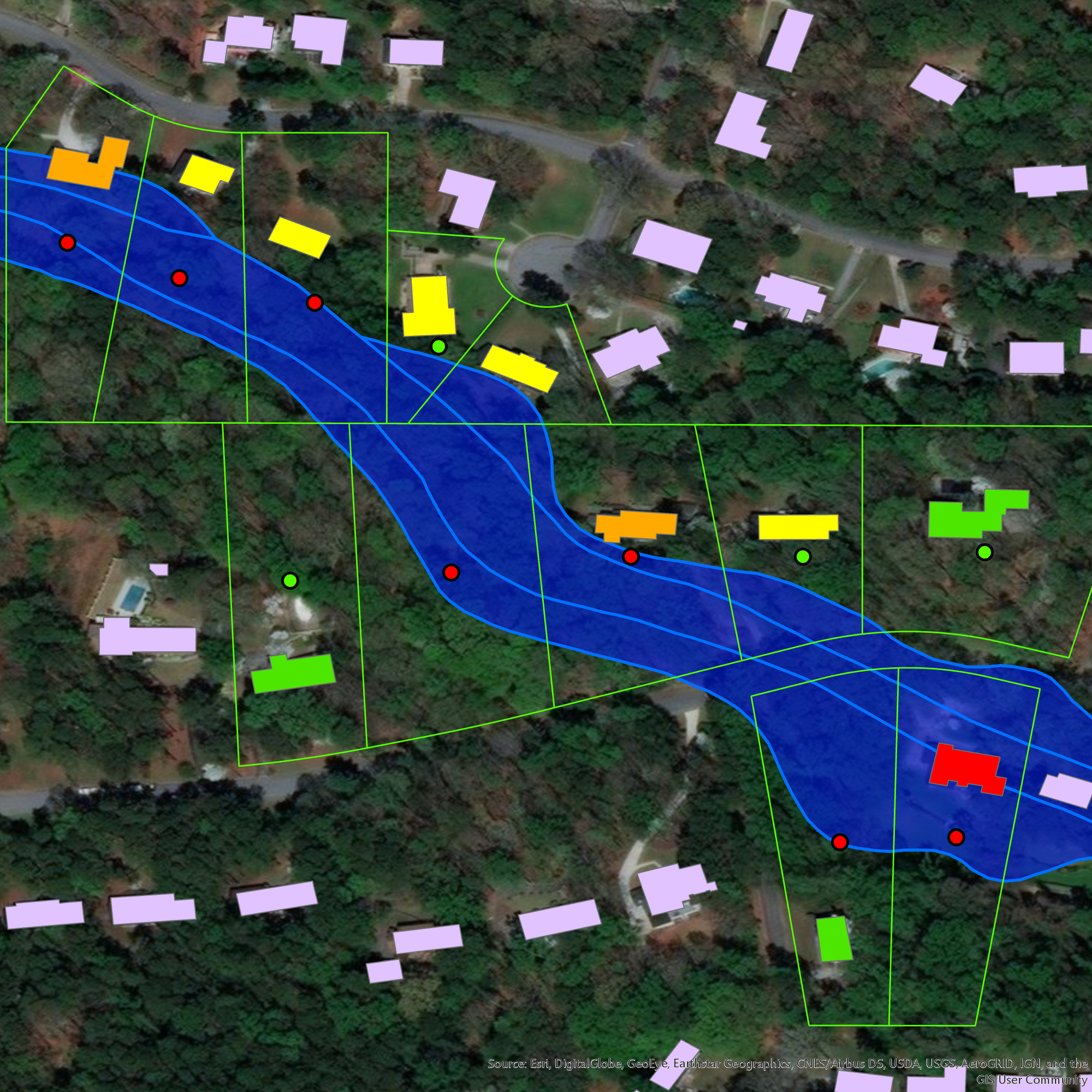

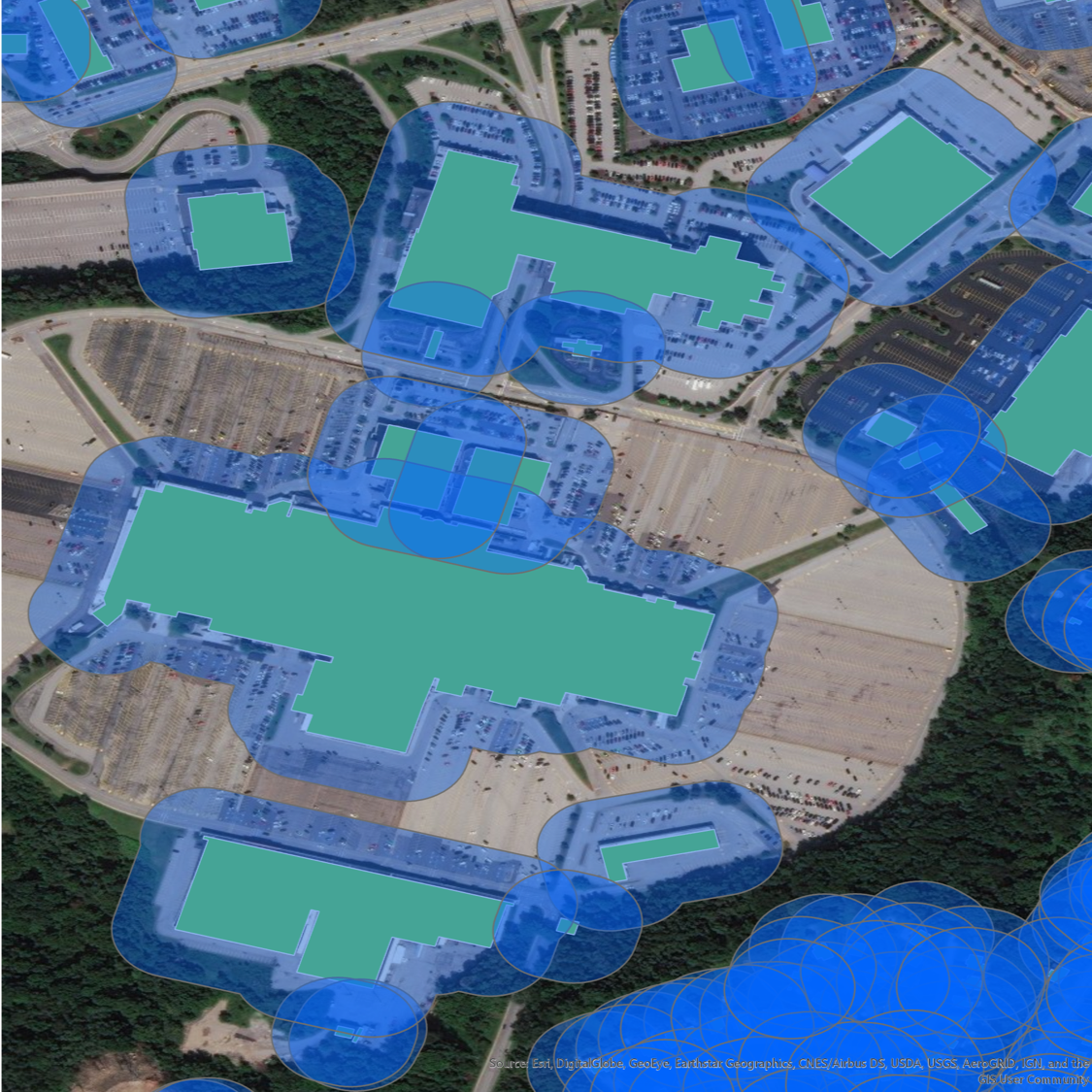


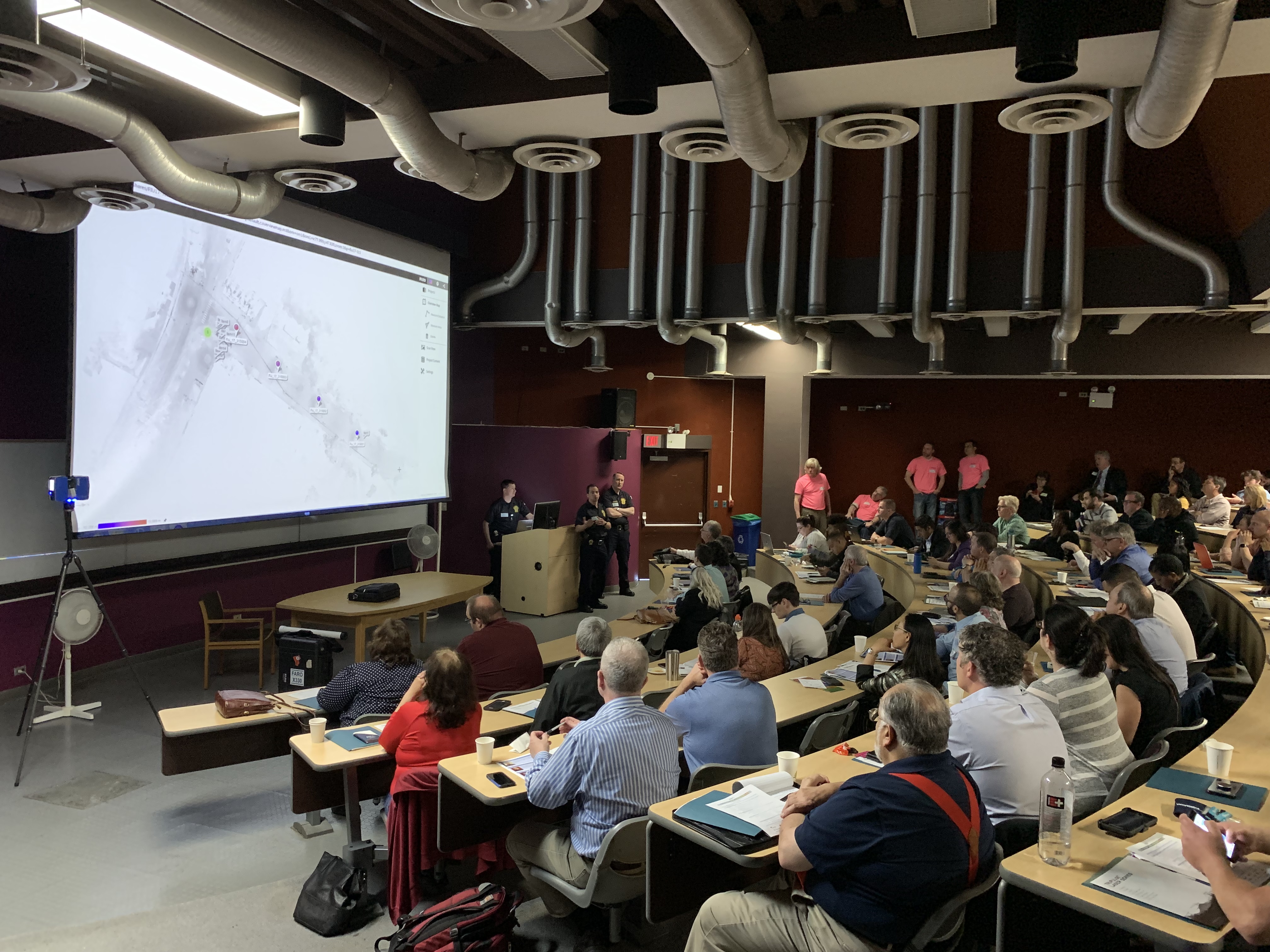


 EagleHawk was founded in 2016 by
EagleHawk was founded in 2016 by 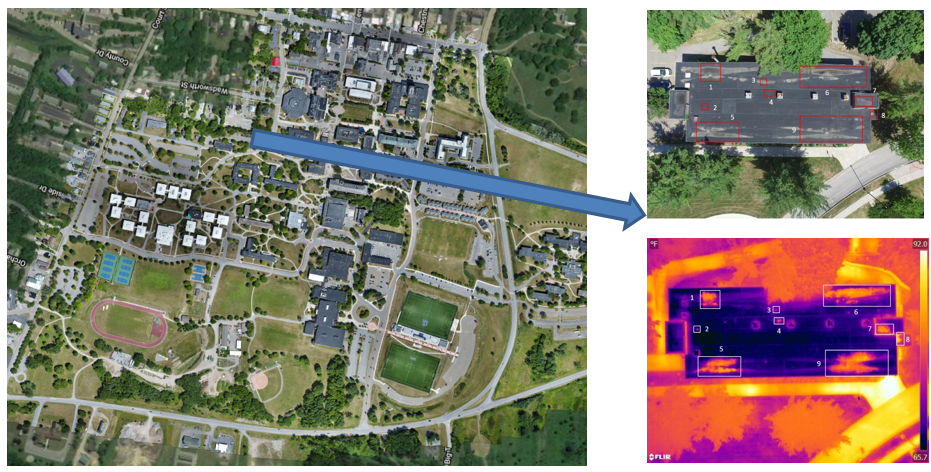
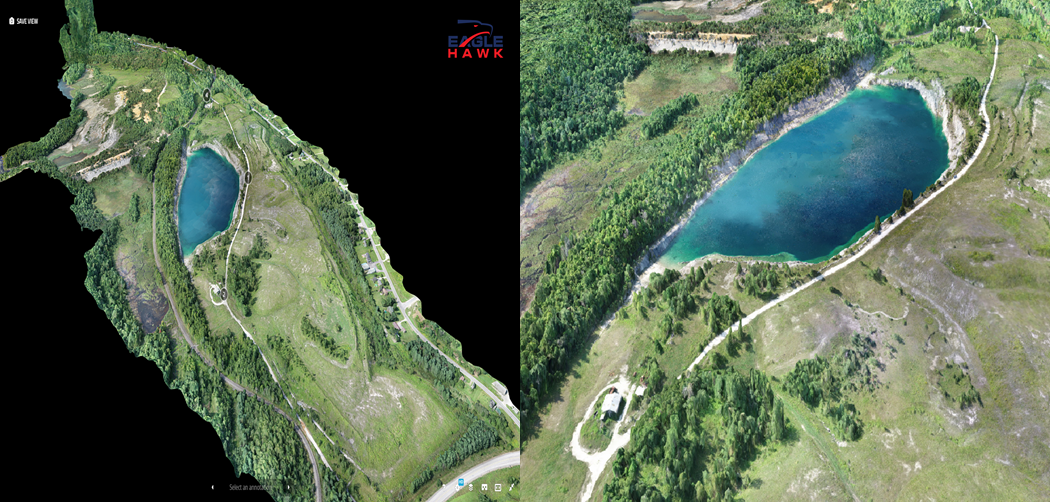
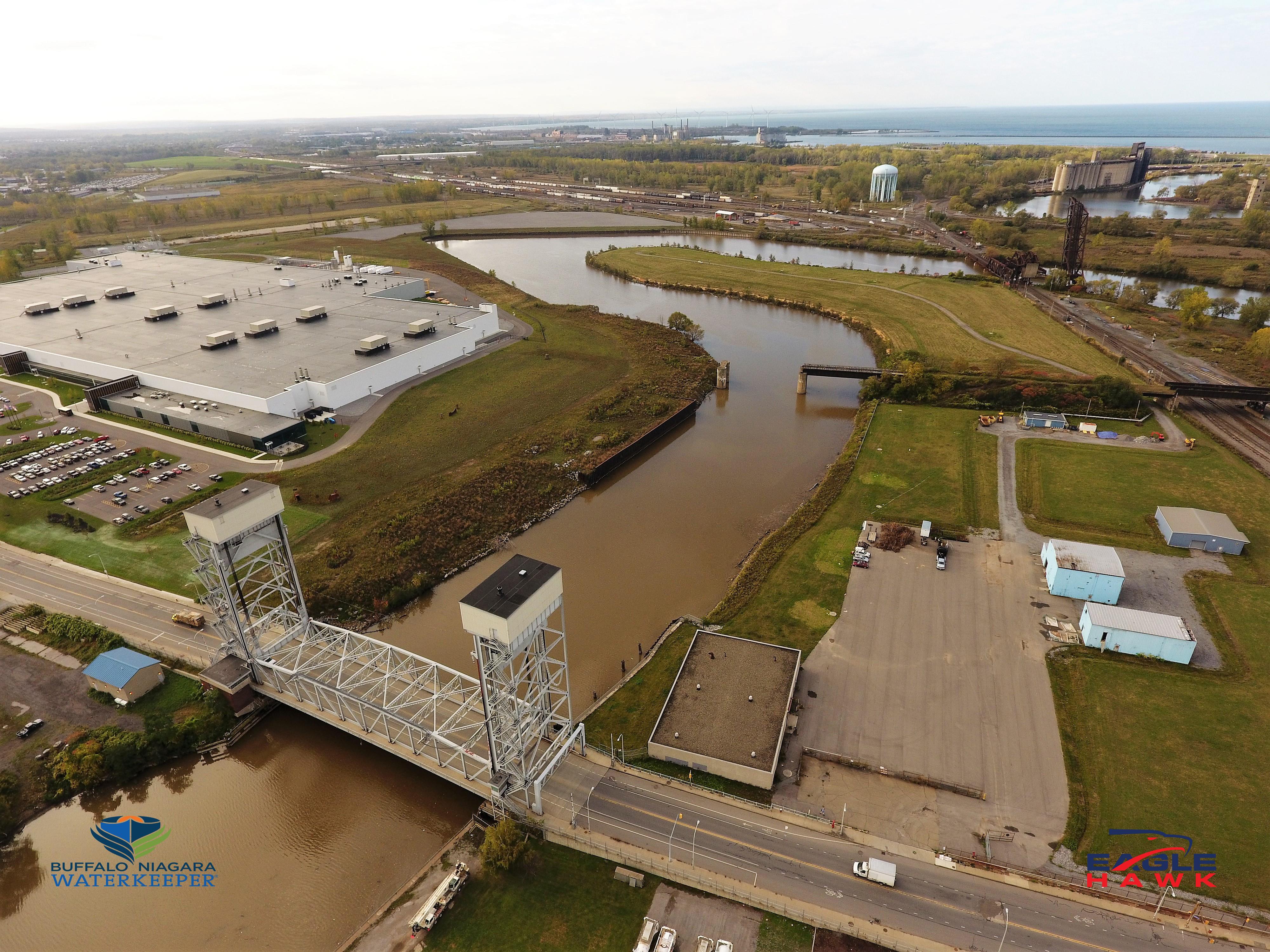
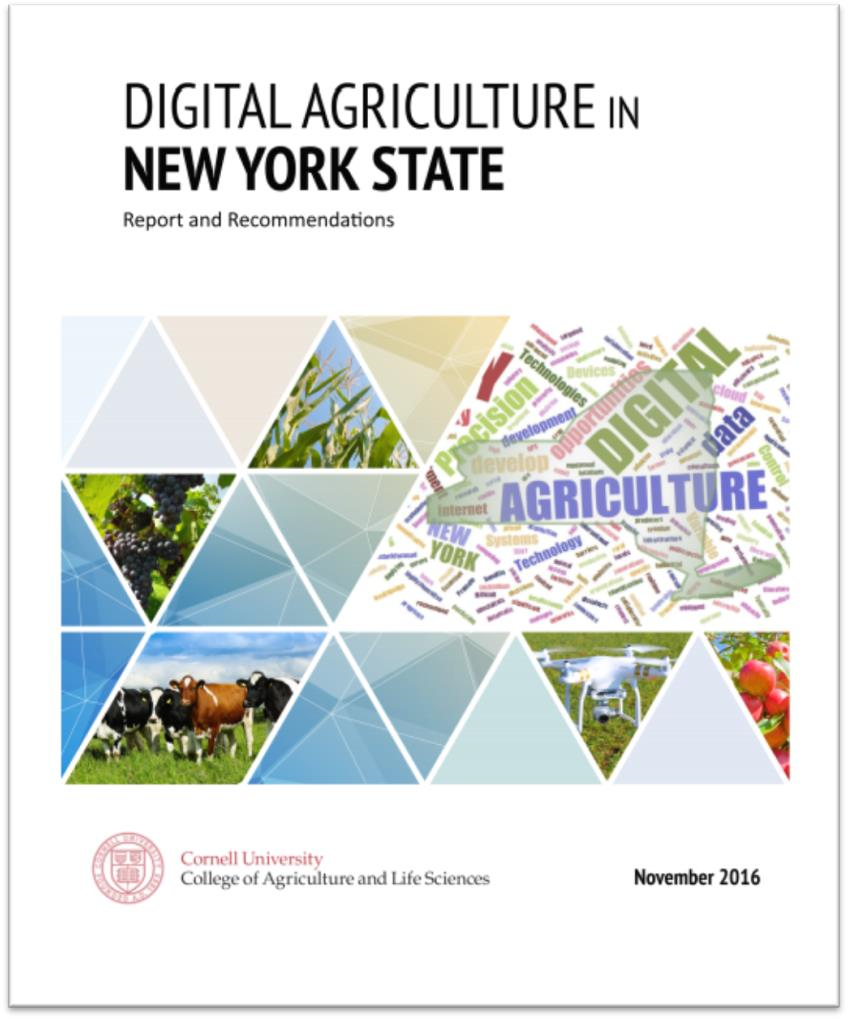
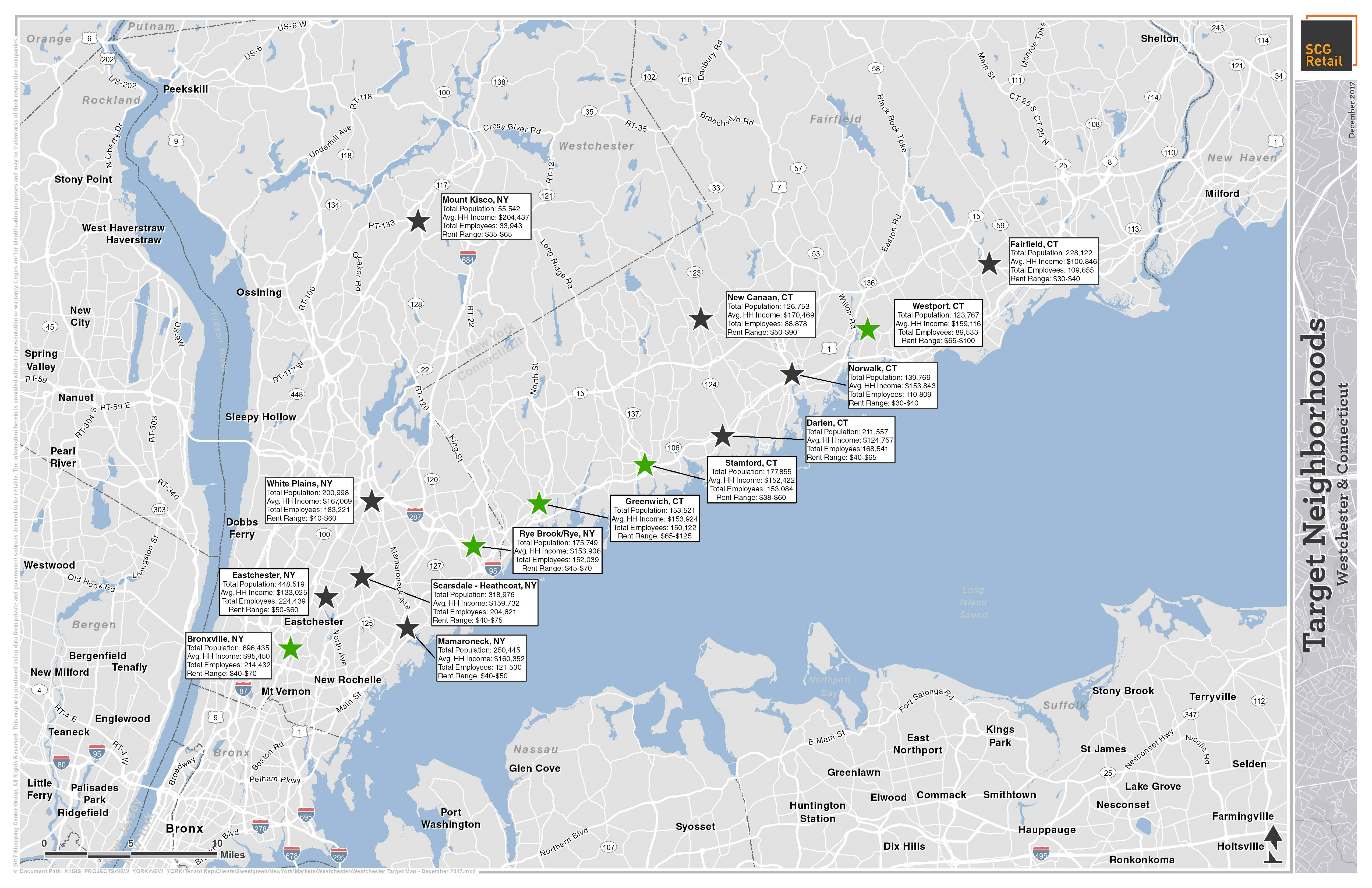
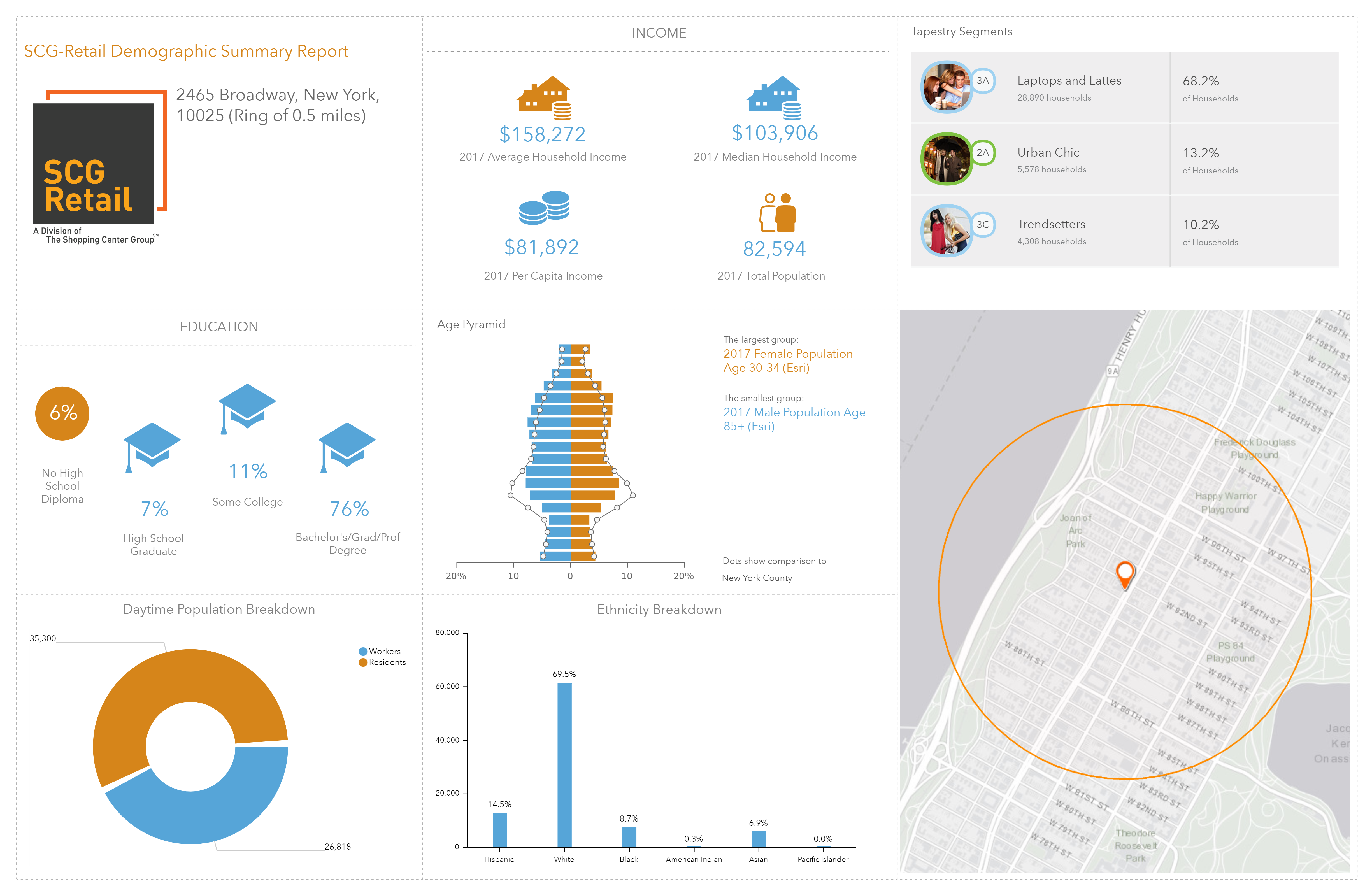

 The CEDRA Corporation offers GIS based software for mapping, civil engineering design and modeling, surveying and database maintenance applications. CEDRA’s
The CEDRA Corporation offers GIS based software for mapping, civil engineering design and modeling, surveying and database maintenance applications. CEDRA’s